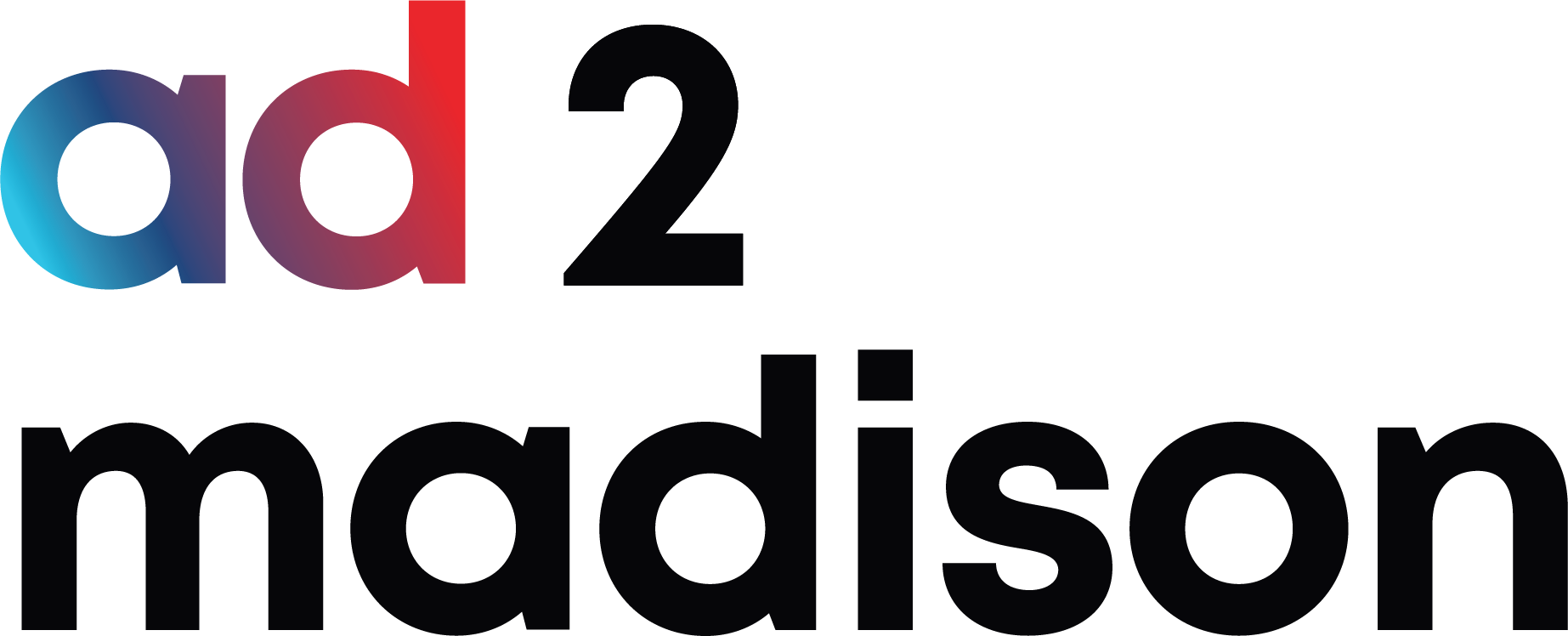Marketing is a fast-paced and dynamic industry that constantly comes with new challenges and amazing ideas. As a result, Marketing Analytics needs to follow closely. It is extremely important for any business to advertise as effectively and as profitably as possible. However, sometimes we forget that when we try new ideas or strategies, we still need to take a scientific approach so that we may also learn while implementing marketing. My name is Brandon Allen and I am a Data Analyst for Colony Brands Inc. in the Integrated Marketing Services and Direct Marketing department, as well as the Copyright Chair for Ad 2 Madison for 2021-2022. My job is to run the statistical analysis for all of our print marketing tests and a portion of our digital marketing tests. So I can tell you first hand the importance of testing the correct way and using continuous testing for marketing insights. So let’s take a deep dive into the math behind the marketing.
First thing’s first, any kind of testing (especially in marketing) requires a lot of careful planning. At Colony Brands, we use the schedule below in order to properly implement our tests and the scientific method.
“Test Documentation and Planning” is all about documenting the plans we have for testing, as well as pulling in estimated unit costs. At this point we are trying to just gather as much information as possible from brand teams, vendors, and analysts to see what kind of tests are possible and/or profitable for us to run. The next stage “Test Design” is where all of the teams sit down and discuss how we want the tests to operate, execution costs, and final decisions are made as to whether a marketing test will run or be killed. As harsh as the word ‘killed’ may sound, it is important that we don’t waste money on a test that is setup incorrectly and achieve our goal of gaining insight from tests that are approved. “Analyzing Results” is all about the test analyst. This is the backbone of the operation in order to lead into the next two stages. This stage consists of a lot of hard analytical focus, bootstrapping results, creating models, analyzing specific subsets, and ultimately creating the best possible views to present results for executives and brand teams. I won’t bore you with what goes on behind the scenes, but yearly our company has around 110 different tests run, 3 main KPI’s (Key Performance Indicators) that are bootstrapped, and ~425 KPI’s that are not bootstrapped. That’s a grand total of roughly 47,000 metrics per year, as well as additional analyses that are ad-hoc or special requests (some experimental, some more granular). The gathering of these results ultimately leads to “Team Meetings and Decisions” where the creative teams and executive teams get to see the results of a marketing strategy. Here, tests are either killed, rolled-out into production, retested, or changed into a new strategy. Finally, “Test Summary Documents” are then made to have a historical log of every test ever done, to be able to look back and see what worked and what didn’t.
As you can see, this is a lot of work! It requires a lot of coordination from many teams and people, as well as rigorous analytics from the test Analyst. Recently, I had the opportunity to speak with Matt Meier, a very involved AAF and Ad 2 Kansas City member who works as a Senior Analyst for Intouch Group, about Analytics and Marketing:
Describe your relationship with math and marketing:
Matt: As someone who loved math, then hated, then loved it again, I’ve come to appreciate the beauty in translating numbers into stories. The power it can provide in gleaning insights and outcomes is extraordinary. I get a kick out of being able to challenge myself in finding new and creative ways to communicate mathematical concepts and results into meaningful information.
How do you approach testing for marketing strategies?
Matt: I approach testing very much like a scientific hypothesis. If we do this, then that is the expected outcome.
What is something you would tell yourself when you first started in Marketing Analytics?
Matt: I wish I had told myself to invest in more data visualization skills. I realize now how important it is in telling results through a visual medium; that includes effective use of graphs and BANs (big ass numbers as I like to call them) to easily tell what happened, why it happened, and what happens next.
Math and Marketing should have an extremely close relationship in any industry. As mentioned by Matt above, we should approach testing very much like a scientific hypothesis. It is as much of the art as it is the science, and both sides of the marketing strategy should be taken into heavy consideration when attempting to improve the performance of said marketing strategy. Whether you are a creative mind in marketing or an analytical mind in data, the best advice I can give is to spend some time with things that you may not be familiar (or comfortable) with. Ultimately it will give you a better perspective and a better understanding of the tasks at hand.


